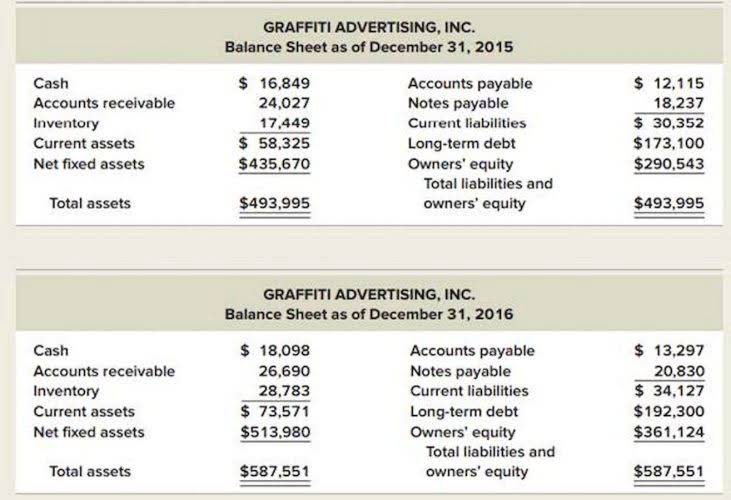
This is all part of performing due diligence, which is important for managing all types of risk, including credit risk. For instance, when banks or lenders make loans there’s an assumption that the loan will be repaid. Credit risk accounts for the possibility that the borrower will fail to repay what’s owed, leaving the lender with interrupted cash flow, costs to recover the funds, and ultimately a financial loss. Credit risk often comes up when in relation lending and how likely an individual or business entity is to pay back money they’ve borrowed. Banks and lenders assume a certain amount of risk when making loans, based on the credit profile of the borrower. If you’ve ever taken out a loan or line of credit, your credit risk was likely one factor that influenced the interest rate that you paid.
The Group uses a variety of lending criteria when assessing
applications for mortgages and unsecured lending. The general
approval process uses credit acceptance scorecards and involves a
review of an applicant’s previous credit history using internal data and
information held by Credit Reference Agencies (CRA). As the third line of defence, Group Internal Audit undertakes regular
risk-based reviews to assess the effectiveness of credit risk
management and controls. The credit acceptance criteria must take into consideration common credit
characteristics for distinct categories of counterparties or facilities, and the
boundaries of the credit risk strategy and credit risk policy. It assesses the predictive performance of the model using different samples and time periods to ensure robustness against new and unforeseen data. A model must demonstrate its effectiveness across both statistical and economic parameters before it can be deemed reliable for practical use.
Commodity Price Risk
The board must annually approve the financial institution’s credit risk strategy, which articulates the financial institution’s overall direction for its credit activities. Letter grades are typically the output of credit rating systems, not credit scoring systems, which use numerical scores to reflect creditworthiness. Issuer ratings are sought for various reasons, with the most common being to facilitate the issuer’s access to capital markets or other forms of funding. A high rating on the scale often signifies a good historical record of the issuer in repaying its debt and hence implies a lower risk of default.

Some companies have established departments responsible for assessing the credit risks of their current and potential customers. Technology has allowed businesses to quickly analyze data used to determine a customer’s risk profile. It should target all loans above a certain cut-off limit ensuring that at least 30% to 40% of the portfolio is subjected to LRM in a year so as to ensure that all major credit risks embedded in the balance sheet have been tracked. This is done to bring about qualitative improvement in credit administration.
Impact of credit risk on financial institutions
This requires a clear definition and analytical modeling of the time until default. If your investments don’t perform as expected, you could lose money, and you’d still be obligated to repay the brokerage. This can happen if your account balance drops below the maintenance margin level and you become subject to a margin types of credit risk call. If you’re subject to a margin call you generally won’t be able to make additional investments until you’ve deposited more funds into your account. Credit risk analysis extends beyond credit analysis and is the process that achieves a lender’s goals by weighing the costs and benefits of taking on credit risk.
- Concentration risk can increase the impact of default risk or other types of credit risk.
- It can also increase the liabilities and funding costs that financial institutions face from their creditors or depositors.
- Credit risk transfer involves transferring credit risk from one party to another.
- Direct stakeholders include depositors, creditors, counterparties, shareholders, employees, and regulators.
- For example, if a borrower is riskier, they may have to accept a shorter amortization period than the norm.